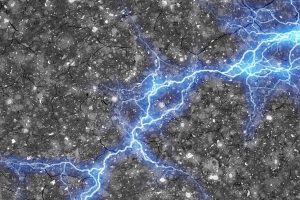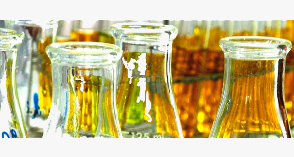Cement and carbon black: the ancient materials that will revolutionize the energy of the future
Humanity has always sought efficient and sustainable sources of energy to power its growth. Now, a groundbreaking study demonstrates that two historical materials, cement and carbon black, could hold the key to a more ecological and cost-effective future in energy generation and storage.
Researchers at MIT have discovered that by combining cement, carbon black, and water, a low-cost supercapacitor can be created, offering a promising alternative to conventional batteries. This supercapacitor holds immense potential to revolutionize how we store and utilize electrical energy.
Imagine a house whose foundations are made of this innovative material. During the day, it could accumulate energy from renewable sources such as solar energy. Then, when the house needs energy, the supercapacitor would efficiently and quickly release that energy, all without significantly increasing construction costs. Additionally, the idea of concrete roads that recharge electric vehicles while they drive, thanks to the same principle, is being explored.
The key to this technology lies in the unique structure that forms when carbon black is combined with cement. This process creates an interconnected carbon network within the concrete, dramatically increasing energy storage capacity. Surprisingly, this economical and sustainable material has the potential to transform the energy industry by harnessing the most widely used material in the world: cement.
This breakthrough could accelerate the adoption of renewable energy sources by providing an efficient and affordable means of energy storage. We would no longer rely as heavily on expensive lithium batteries and would have a practical and scalable solution within reach.
Cement and carbon black, two materials that have been with us for millennia, are poised to shape the future of energy. We stand on the brink of a new era where sustainability and energy efficiency combine to create a cleaner and greener world.

